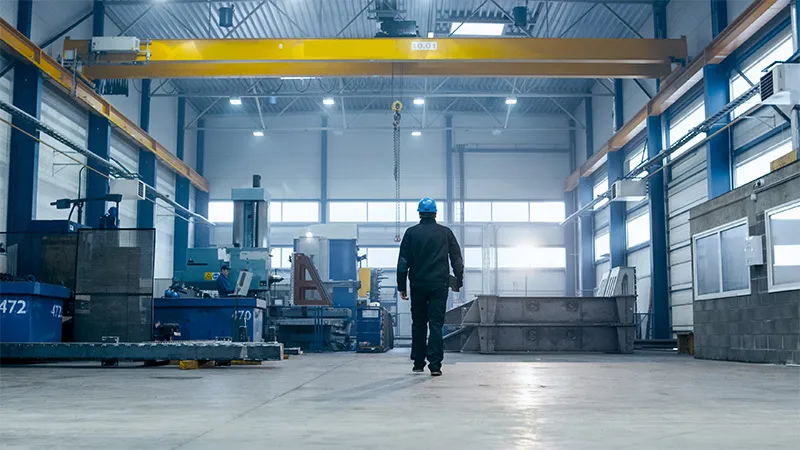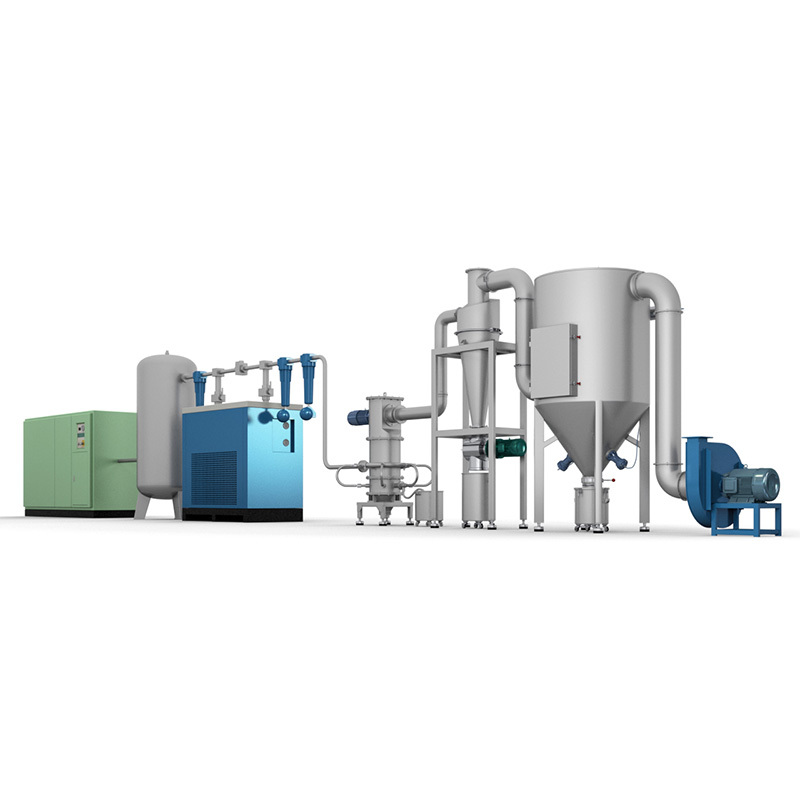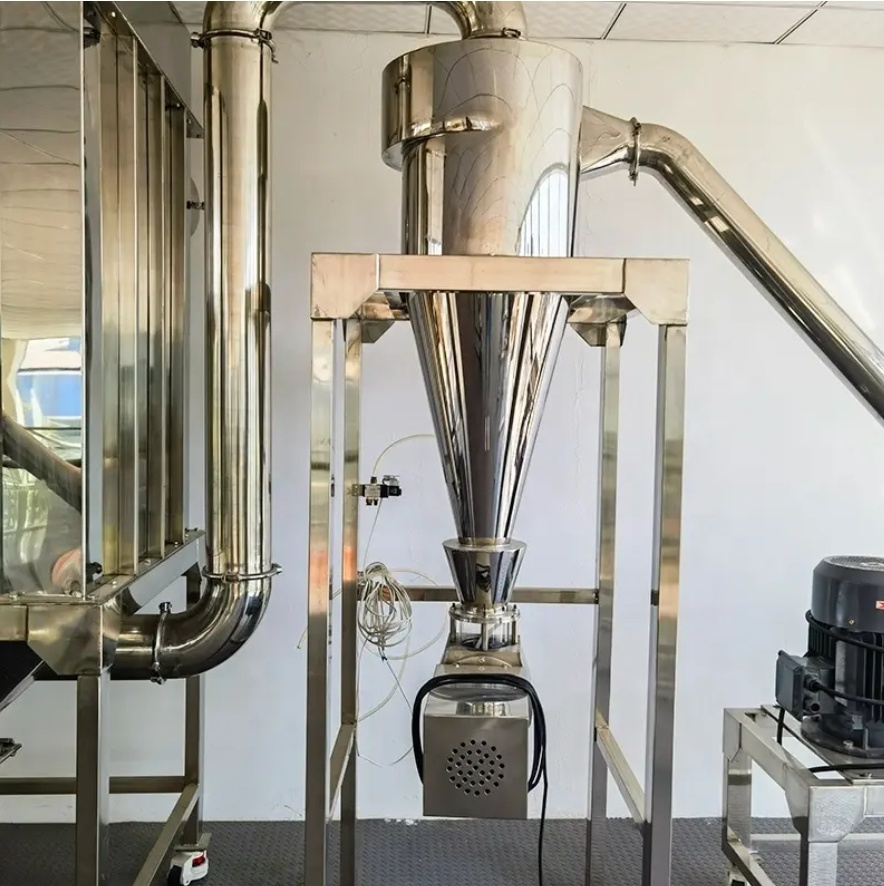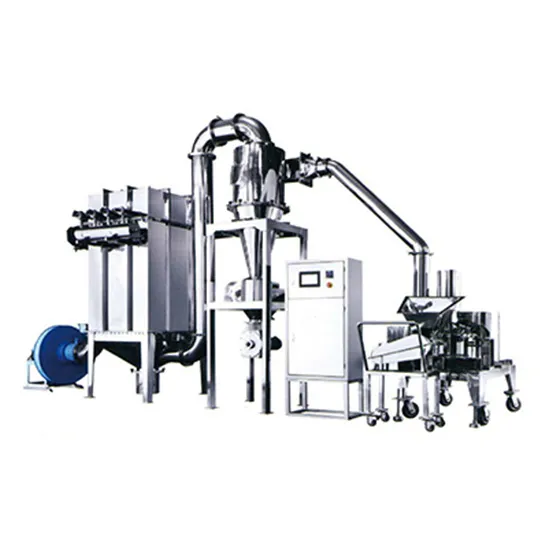NEWS
The Science Behind Ultrafine Airflow Milling: A Deep Dive into Advanced Particle Size Reduction
Jul 06,2025
The Science Behind Ultrafine Airflow Milling: A Deep Dive into Advanced Particle Size Reduction
Table of Contents
- Introduction to Ultrafine Airflow Milling
- What is Airflow Milling?
- How Ultrafine Airflow Milling Works
- Benefits of Ultrafine Airflow Milling
- Applications of Ultrafine Airflow Milling
- Key Components of Airflow Milling Systems
- Challenges and Solutions in Airflow Milling
- The Future of Ultrafine Airflow Milling
- Conclusion
- Frequently Asked Questions
Introduction to Ultrafine Airflow Milling
In the realm of manufacturing and material processing, the demand for ultrafine particles has soared. Companies seek to enhance product performance and reduce costs, leading to innovations in milling technologies. **Ultrafine airflow milling** stands out as a pivotal method for achieving exceptional particle size reduction. This technique not only improves material properties but also enables manufacturers to meet stringent regulations and consumer expectations.
What is Airflow Milling?
Airflow milling is a grinding technology that employs high-velocity air streams to reduce the size of particles. Unlike traditional milling methods that rely on mechanical forces, airflow milling utilizes a combination of aerodynamic forces and particle collisions to achieve finer particles. This process is particularly effective for brittle materials, making it a preferred choice in various industries, including pharmaceuticals, food, and chemicals.
The Principles of Airflow Milling
Airflow milling operates on several key principles:
1. **High-Speed Airflow**: The airflow transports particles through the milling chamber at high speeds.
2. **Collision and Friction**: Particles collide with each other and with the milling surfaces, leading to size reduction.
3. **Controlled Environment**: The process can be adjusted to maintain optimal temperature and pressure, preventing thermal degradation of sensitive materials.
How Ultrafine Airflow Milling Works
The ultrafine airflow milling process involves several steps that ensure maximum efficiency and effectiveness in particle size reduction.
The Milling Process
1. **Feeding**: Raw materials are fed into the milling chamber, often through a hopper equipped with a feeder that controls the material flow.
2. **Acceleration**: High-pressure air is introduced, accelerating the particles and creating a swirling motion within the chamber.
3. **Size Reduction**: As particles collide, they break down into smaller sizes due to the kinetic energy generated by the airflow.
4. **Classification**: After milling, a classifier separates the ultrafine particles from larger ones, ensuring a consistent final product.
Factors Influencing the Milling Efficiency
Several factors play a crucial role in the efficiency of ultrafine airflow milling:
- **Airflow Rate**: Optimizing the airflow rate is essential for balancing particle size and energy consumption.
- **Feeding Rate**: Controlling the feeding rate ensures that the milling process operates within the desired parameters.
- **Milling Time**: The duration of milling impacts the final particle size distribution.
Benefits of Ultrafine Airflow Milling
Ultrafine airflow milling offers a plethora of advantages that make it an attractive choice for manufacturers.
Enhanced Product Quality
By achieving finer particles, products exhibit improved solubility, bioavailability, and consistency. This is particularly beneficial in the pharmaceutical industry, where particle size can directly affect drug efficacy.
Energy Efficiency
Airflow milling is often more energy-efficient than traditional milling methods. The use of high-speed air reduces the mechanical energy required to achieve the desired particle size.
Minimal Contamination
The airflow milling process minimizes contamination risks, as there are no mechanical surfaces that come into direct contact with the material. This is crucial for industries like food and pharmaceuticals, where cleanliness is paramount.
Applications of Ultrafine Airflow Milling
The versatility of ultrafine airflow milling allows it to be employed across various sectors.
Pharmaceuticals
In the pharmaceutical industry, ultrafine milling is essential for producing active pharmaceutical ingredients (APIs) with consistent particle sizes, enhancing the bioavailability of drugs.
Food Industry
For food processing, ultrafine airflow milling improves the texture and flavor release of ingredients such as spices and flavorings, contributing to superior product quality.
Chemical Manufacturing
Chemical manufacturers utilize ultrafine milling for producing pigments, additives, and other materials that require specific particle size distributions for optimal performance.
Key Components of Airflow Milling Systems
Understanding the components of an ultrafine airflow milling system is vital for optimizing its performance.
Milling Chamber
The milling chamber is where the actual size reduction occurs, designed to facilitate efficient airflow and particle collisions.
Air Compressor
An air compressor generates the high-velocity air required for the milling process, playing a crucial role in the system's efficiency.
Classifier
The classifier separates the fine particles from the coarser ones, ensuring the desired particle size distribution.
Challenges and Solutions in Airflow Milling
While ultrafine airflow milling offers numerous benefits, it also presents certain challenges that require careful consideration.
Handling Heat Sensitivity
Sensitive materials may degrade under high temperatures. Implementing cooling systems and optimizing airflow rates can mitigate this issue.
Particle Agglomeration
Agglomeration can occur during the milling process, affecting the final product's quality. Utilizing additives or adjusting milling parameters can help prevent this problem.
The Future of Ultrafine Airflow Milling
The future of ultrafine airflow milling is promising, with ongoing advancements in technology and materials science.
Innovation in Materials
Research into new materials and composites is expected to enhance the efficiency and capabilities of ultrafine airflow milling systems.
Integration with Industry 4.0
The integration of smart technologies and automation in ultrafine milling systems will likely lead to increased efficiency, data-driven decision-making, and enhanced process control.
Conclusion
Ultrafine airflow milling stands at the forefront of particle size reduction technology, offering unparalleled benefits across various industries. Its ability to produce high-quality, consistent products while maximizing energy efficiency makes it an essential tool for modern manufacturing. As technology continues to evolve, ultrafine airflow milling will undoubtedly play a vital role in shaping the future of material processing.
Frequently Asked Questions
1. What materials can be processed using ultrafine airflow milling?
Ultrafine airflow milling is effective for a wide range of materials, particularly brittle substances such as pharmaceuticals, food additives, and certain chemicals.
2. How does airflow milling compare to traditional milling methods?
Airflow milling is often more energy-efficient and capable of producing finer particles, with reduced contamination risks compared to traditional mechanical milling methods.
3. What industries benefit the most from ultrafine airflow milling?
The pharmaceutical, food, and chemical industries are the primary beneficiaries of ultrafine airflow milling, as it enhances product quality and performance.
4. Are there any safety concerns associated with airflow milling?
Safety concerns mainly revolve around the handling of fine powders, which can pose inhalation risks. Adequate ventilation and personal protective equipment are essential.
5. Can ultrafine airflow milling be used for large-scale production?
Yes, ultrafine airflow milling can be scaled for large-scale production, making it suitable for high-volume manufacturing operations.
More News










